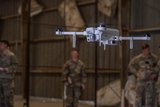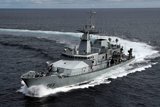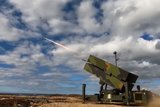Need to operate with NATO?
This article is brought to you by Systematic
As the pre-eminent military coalition, NATO has stood at the forefront of many developments in the military domain since it was created in 1949. Conducting joint operations and ensuring that alliance members could work together in complex operational environments has been a key requirement for the organisation.
As the organisation has embraced the digital transformation of its command environment, it has sought out ways to improve its ability to share information – ranging from location data and intelligence feeds, through to plans and orders.
After a rigorous tender process, NATO’s Communications and Information Agency signed a contract in 2024 with Systematic for its SitaWare Headquarters suite to provide the Future Land Command and Control (C2) capability, in a project known as DEMETER. DEMETER will replace NATO’s legacy LC2IS system and will initially be rolled out to NATO Land Command in Izmir, Turkey, and Joint Forces Command in Naples, Italy, and Brunssum, the Netherlands, from 2025.
For third-party system providers to NATO, what are some of the issues you need to be considering to ensure your capabilities can be best leveraged by NATO and its new C2 system?
There are many features that the SitaWare suite delivers to help enable its users, while maximising inputs from assets and command stakeholders. SitaWare Headquarters allows the simple transfer of data through a variety of interoperability standards, the delivery of a shareable common operating picture (COP) to a wide variety of stakeholders, and an open architecture structure allowing for the integration of third-party systems into the commander’s view. This can be combined to deliver interoperability with the NATO alliance for non-SitaWare enabled forces, ensuring simplified sharing across the battlespace.
Can your systems sing in harmony?
With many nations coming together under NATO to deliver effects – ranging from peacekeeping and enforcement, through to high-intensity warfighting – the need to
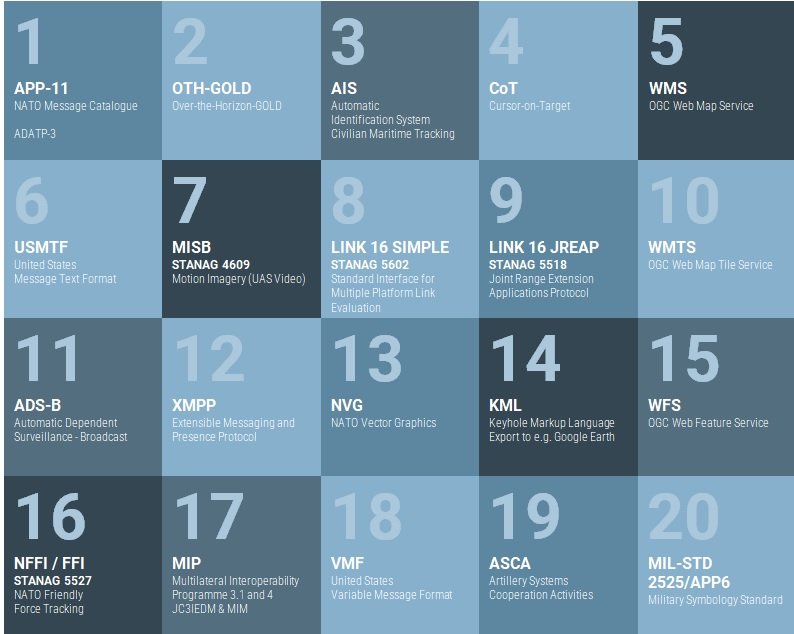
deliver battlespace awareness through a COP comes with a significant communications burden for G6 and J6 staff. While radios may have the capability to transmit COP data around the battlefield, moving it out of a national battle management system (BMS) and into a higher echelon can come with some challenges.
The SitaWare suite supports a variety of data communication standards, meaning that data can be easily communicated across an alliance network. This includes the ability to link data from assets directly into a COP, such as Link 16 and OTH-Gold.
Similarly, data feeds from the civilian world – such as ADS-B for aircraft tracking and AIS for ship monitoring – can be integrated into a COP and communicated to a wide variety of users in the battlespace.
Delivering data using STANAG 5527 NATO Friendly Force Tracking allows users within a headquarters, at both national and NATO levels, to gain an appreciation of the position and intentions of friendly forces.
These interoperable communication capabilities means that NATO will have the ability to generate a COP through the DEMETER project, leveraging its data gateways to ensure that data generated from a wide variety of systems can be accessed and distributed around the alliance.
Sharing…within limits
As a major alliance, NATO has led operations in a variety of locations, and with a variety of non-NATO partners. The SitaWare Headquarters suite has the ability to easily share the COP to other users – but what do you do if you need to restrict some collected data from being shared with non-NATO partners, or even non-military partners?
The SitaWare suite helps users share a COP through its use of map layers. An unclassified layer can be generated based on the requirements of the higher security gateway, meaning that the location of critical strategic sensor assets can be masked and shared on a need-to-know basis.
The SitaWare suite has extensive proven experience in this through supporting joint military-law enforcement operations, as well as coalition military operations between NATO and non-NATO partners. In the case of law enforcement operations, the declassification of a COP means that threat actors are not able to make an estimation of a sensor system’s capabilities when the information is presented in evidence. Similarly, during the Covid-19 pandemic, the position and logistics of military personnel who were operating alongside civilian medical teams could be shared, but without some of the critical military information made available.
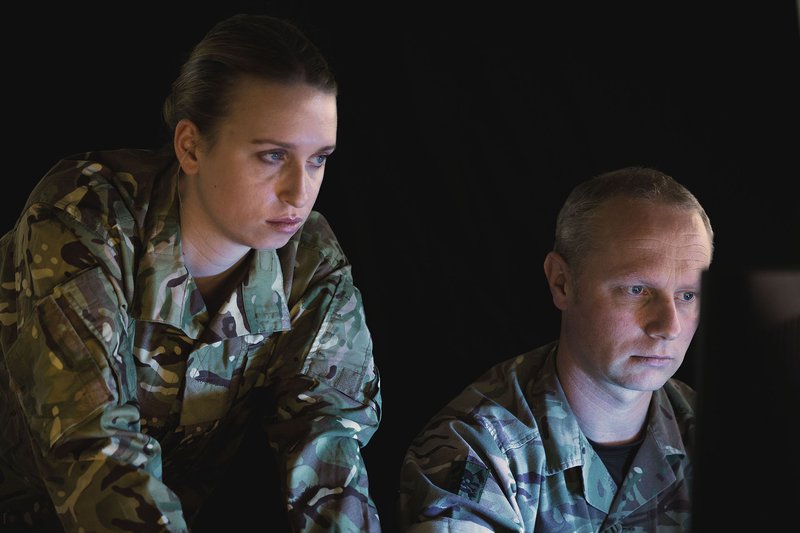
The use of SitaWare in complex multi-national operational environments, such as Afghanistan, highlighted the ability for the suite to be used on operations. The ability to share a COP with higher echelons and to other partners in the same area of operations meant that operational information and intelligence of mutual interest could be shared across the userbase to facilitate smooth and intelligent operations.
Integrate and future-proof your subsystems
With more assets such as sensors and video feeds providing more intelligence assets to commanders, the need to integrate them into the headquarters environment adds an additional burden to operators and equipment providers. Integrating these sensors into the broader COP and commander’s view allows for the greater dissemination of intelligence to facilitate more intelligent operations.
Interoperability standards, such as STANAG 4609, allow the delivery of streaming video feeds into the COP view, allowing commanders to minimise the number of screens they have to interact with. This, and the leveraging of other data distribution standards, means that a wide variety of coalition assets can be brought into the NATO COP. Adopting an open architecture approach with a variety of data ingestion protocols allows the development of the SitaWare suite and a highly adaptable and configurable system for every user. This means that as newer systems are acquired and integrated into the command suite’s workflows, continued operations and backwards compatibility can be achieved.
If you’re a subsystem provider, you can get a software development kit (SDK) or product development package (PDP) to create your own integrations with the SitaWare suite. With SitaWare being adopted by over 50 users worldwide, this allows subsystem providers an opportunity to position their technologies in a deployed platform – helping to increase your userbase and deployability.
More from Industry Spotlights
-
![Levelling up – how autonomous fire control tackles unmanned lethality head-on]()
Levelling up – how autonomous fire control tackles unmanned lethality head-on
As autonomous weapon systems proliferate, it is now essential to use the same core technologies to counteract and neutralise them.
-
![Evolving for the future fight]()
Evolving for the future fight
Built on a 60-year heritage of providing the Department of Defense with solutions to dominate the electromagnetic spectrum.
-
![How AI and robotics drive innovation in land-based defence]()
How AI and robotics drive innovation in land-based defence
The future on the frontlines: automation and AI isn’t just about improving efficiency or driving down labour cost - for Pearson Engineering it’s everything.
-
![How satcom is shaping the future of fast, accurate warfare (podcast)]()
How satcom is shaping the future of fast, accurate warfare (podcast)
"Speed is the key advantage and accuracy is the key outcome": Amazon Kuiper Government Solutions’ Rick Freeman talks to Shephard’s Georgia Lewis about how space-as-a-service is transforming defence connectivity and access to satellite capabilities.
-
![How do land and air defense forces defend against complex threats?]()
How do land and air defense forces defend against complex threats?
Learn how RTX systems defend against complex attacks from adversaries including hostile drones, and multi-range missiles.








